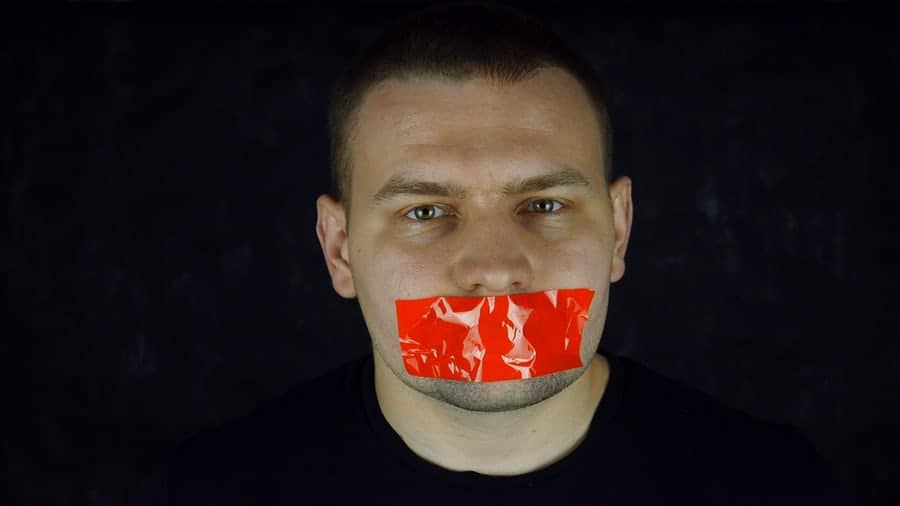
Why Feeling Safe in a Team is Key for Teamwork
Meetings about meetings
Many years ago, I was sitting in a meeting; in attendance were other managers, business unit heads, and the like. If I close my eyes, I can still see and feel the vibe of the room- lots of eyes bouncing around, atmosphere a little tense, excited anticipation mingled with frustrated. Not too dissimilar to many other strategic meetings of its kind. It was not my first time in a meeting or discussion like this, I had learned to participate with caution in these meetings and had witnessed first-hand (and experienced myself) what will happen if you speak out or challenge any idea or individual you may disagree with.
Furthermore, adding my tuppence worth, a fair tuppence, was enough to confirm my place in the group, my worthiness as a strategic and competent manager. However, I genuinely wanted to offer a wise and valid contribution. Still, I was better off keeping quiet because, firstly, I felt it may be a career-limiting step to challenge some people respectfully. Secondly, I will likely be interrupted and spoken over before I can finish my sentences, and finally, speaking up is an overall risk just not worth taking.

Signs of an unhealthy team or organisation
Like many before me, I had observed and sometimes learned the hard way that it was safer to keep your real contributions or desire to challenge the status quo to yourself. The ‘safety in silence’ rules for most meetings that I had learned were simple:
- Assess the attendees’ list- some meetings were better than others for participation
- Read the agenda (some topics and people are volatile and off-limits)
- Keep challenges to a minimum; if you do decide to challenge, be ready for the shame or blame (of which the stain will be yours)
- Don’t expect support (it’s all men/women are for themselves if you start to challenge thoughts and opinions).
Consequently, it was not all doom and gloom because there will likely be another informal and more selective social meeting later, either face to face via an onslaught of private text messages about these types of meetings. This more ‘social team meeting’ is often a decisive and productive meeting, where all the real ideas, opinions, and innovative ideas are freely shared and discussed. Unfortunately, it’s just not the one that counts, nor is it in an elevated platform with an audience that can action the ideas.
Have we not all been part of one of these types of meetings? Where excellent views and sound opinions were just not invited or tolerated.
Meetings where excellent opinions and ideas are not invited or tolerated.

We frequently hear about these concepts of working in healthy environments or progressive workplace cultures. We also listen to stories and media articles about toxic environments riddled with sexism, racism, and bullying-very extreme examples of an unhappy and unhealthy work culture and environment. However, the continuum of feeling content and safe in the work environment starts at a far more subtle and perhaps an often unnoticed place. In meetings, formal conversations, and during more casual and social work-related functions, how free do people feel to speak up, share their experiences, opinions, contribute, and be listened to?
The power of the voice.
Diversity is another word rather casually thrown about, likely because it is a more straightforward business metric to satisfy. It is a priority of numbers. Adding on, diversity is a metric that, for the most part, is visibly satisfied. Gender, culture, and age diversities, to name only some of the most recognised diversities, can be sought after and secured for recruitment and placement. In contrast, it’s harder to know if other diversities like different ways of thinking, learning, experiences, talents, and beliefs are present and freely available for performance and innovation until the right platform or environment sets them free.
The diversity that refers to the various opinions, thoughts, and ideas that emerge from a diverse range of individuals requires an inclusive environment and climate: workplace cultures and team environments where people don’t feel the need to hold back or at risk if they share.

Climates for inclusion
Meetings about meetings are one indication that things are not ok and employees desire a safer platform to share and express themselves. These ‘post-meeting events’ are just one of the numerous signs that people in the workplace do not feel psychologically safe and do not feel at ease. Other signs of a psychologically unsafe team environment include:
- Blaming shifting for team and organisation failures and mistakes
- Using extreme candour, believing its humorous or appropriate
- Being shamed or punished for thoughts and opinion sharing or questioning
- Being deliberately interrupted, teased, or ignored
- Being the target of gossip
It is relatively easy to see how, on a continuum of poor behaviours when working in a psychologically unsafe team, a culture that doesn’t encourage sharing of thoughts or opinions or belittles questioning and challenging the status quo can quickly morph into a stagnant environment—void of personality, performance, and innovation or worse a toxic environment.
After all, it takes full participation, questioning, and healthy banter between team members to form trust-filled performance connections, problem-solve and innovate.

It takes full participation, questioning, and healthy banter between team members to form trust, to problem-solve and innovate
Creating climates of inclusion
Psychological safety in a team starts with a conversation between team members that leads to creating an environment where individuality is celebrated for what each person can offer the workplace-healthy banter, candid discussions, debate, and unrestrained contribution guided by the leadership and management. This is what most individuals in a team desire- an equal place at the table to be heard and respected and most importantly to feel socially and psychologically safe when sharing and participating. Frequently, the status quo is mistakenly assumed to be comfortable and inclusive for all team members to participate when employees remain silent, in agreement, and compliant. This may be the path of least resistance for the employees and the leadership but it is also the road towards disengagement and unoriginality. Consequently, visible diversity and being present don’t equal automatic inclusion; this is a choice and requires deliberate effort and a dynamic leader to create a climate of healthy exchange and open dialogue.
…requires a dynamic leader to create a climate of healthy exchange and open dialogue
In conclusion, when taking a closer look at how teams are or are not performing, trying to uncover historic culture issues, or reviving team communication, leaders and managers need to honestly evaluate a few things and take action. Do some people’s voices continually go unheard, are backchannels alive and well, and are perhaps some important members of the leadership team excluded from the ‘meetings about meetings’ when the real issues and innovations are discussed?
It may be time to take a deeper dive into how safe people feel in the teams to trust colleagues and peers with their real talents and potential.
Kylie De Klerk
Workplace Culture and Team Dynamics
If you are interested in learning more about Kylie and her Culture and Team Building Training Workshops on Essemy, please visit this link.